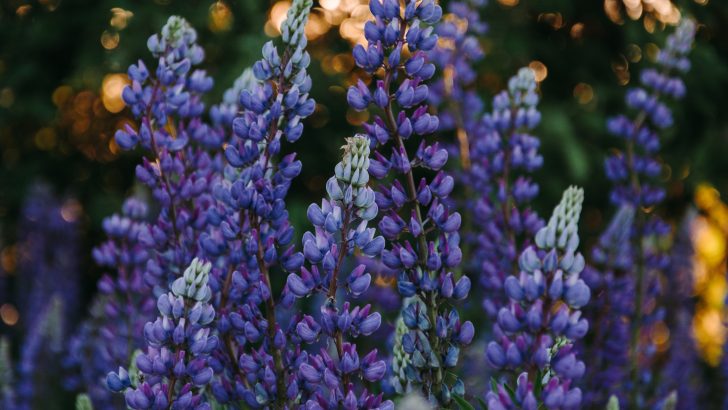Green Fingers
The exceptionally dry summer last year, and a dry winter and dry spring this year will have put a lot of plants under stress – even large mature trees and shrubs that you wouldn’t normally expect to see this on. Trees and shrubs have come into leaf and even flowered and then suddenly started to look as if they are dying – leaves shrivelled up and died and dropped. This is just a sign of the stress they are suffering: they dropped the leaves to conserve resources. Leave them be, don’t do anything; don’t fertilize them as this will only make it worse. The rain we had in May and June will put them back on track.
A layer of mulch 2-3 cm thick of homemade compost or bark chips on top of wet soil will stop them drying out. Always soak the ground before applying mulch: this keeps the moisture in the soil. If you do it afterwards the mulch soaks it up and it doesn’t reach the root zone. Don’t let the mulch touch the trunk or stems of the trees or shrubs; you should be able to fit your finger between trunk and mulch all the way around and touch the ground. If it is right up to the bark, it may cause the plant to die.
Give wisteria its summer prune (the other is in midwinter). Cut all the long whippy tendrils to 15 cm (six inches) – this makes the plant produce short flowering spurs which will produce more flowers and less leaf. Prune philadelphus right down to a side shoot that doesn’t have a dead flower at its tip. To encourage roses to keep flowering, deadhead them as often as possible. Don’t just cut faded flower heads off; follow the stem down to a lower side shoot, even just down to the next healthy leaf. This makes the plant produce more flowers and quicker. Repeat flowering roses are hungry plants: feed them.
Early flowering perennials such as geraniums, oriental poppie, brunnera and pulmunaria can be cut to the ground now they have finished flowering. Give them a good watering after cutting and they will produce a new flush of healthy foliage to fill the gap. Geraniums may even flower again.
Cut back the faded flower spikes of lupins and delphiniums as soon as they go over. Follow the dead flower stem down into the crown of the plant, cut above a side shoot. If there are none, go into the based cluster of leaves and cut.
Check summer bedding every day. Water, feed and deadhead as necessary. Sun and wind can dry them out very quickly. If they start to wilt due to lack of water, immerse the whole container in water till the bubbles stop rising. This will take longer than you think
Check daily that there is a clean source of water available in your garden for wildlife.


 Paul Gargan
Paul Gargan
